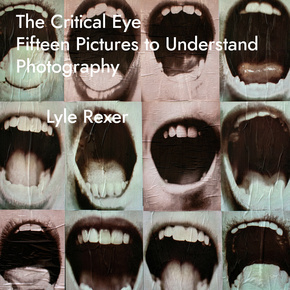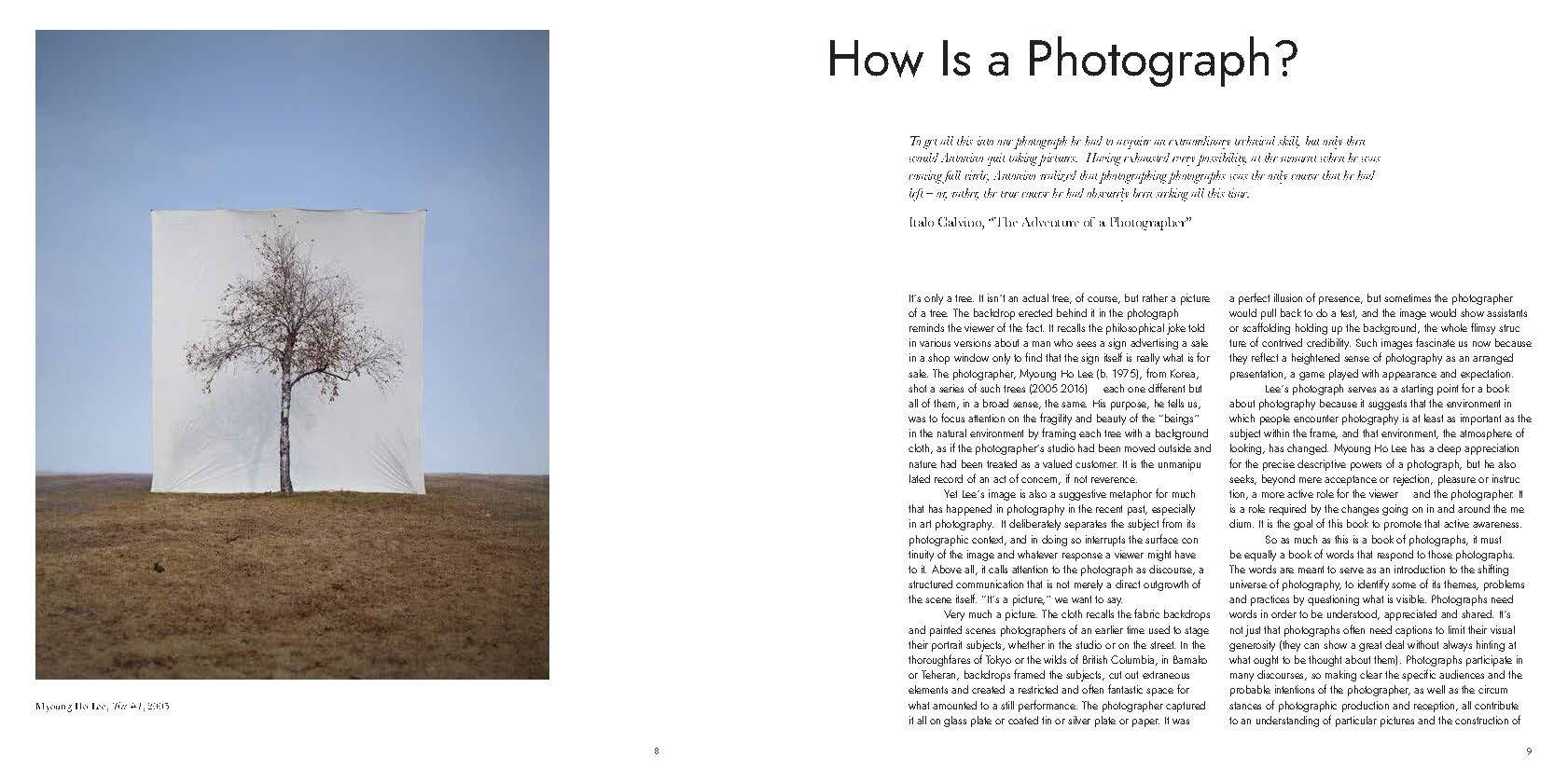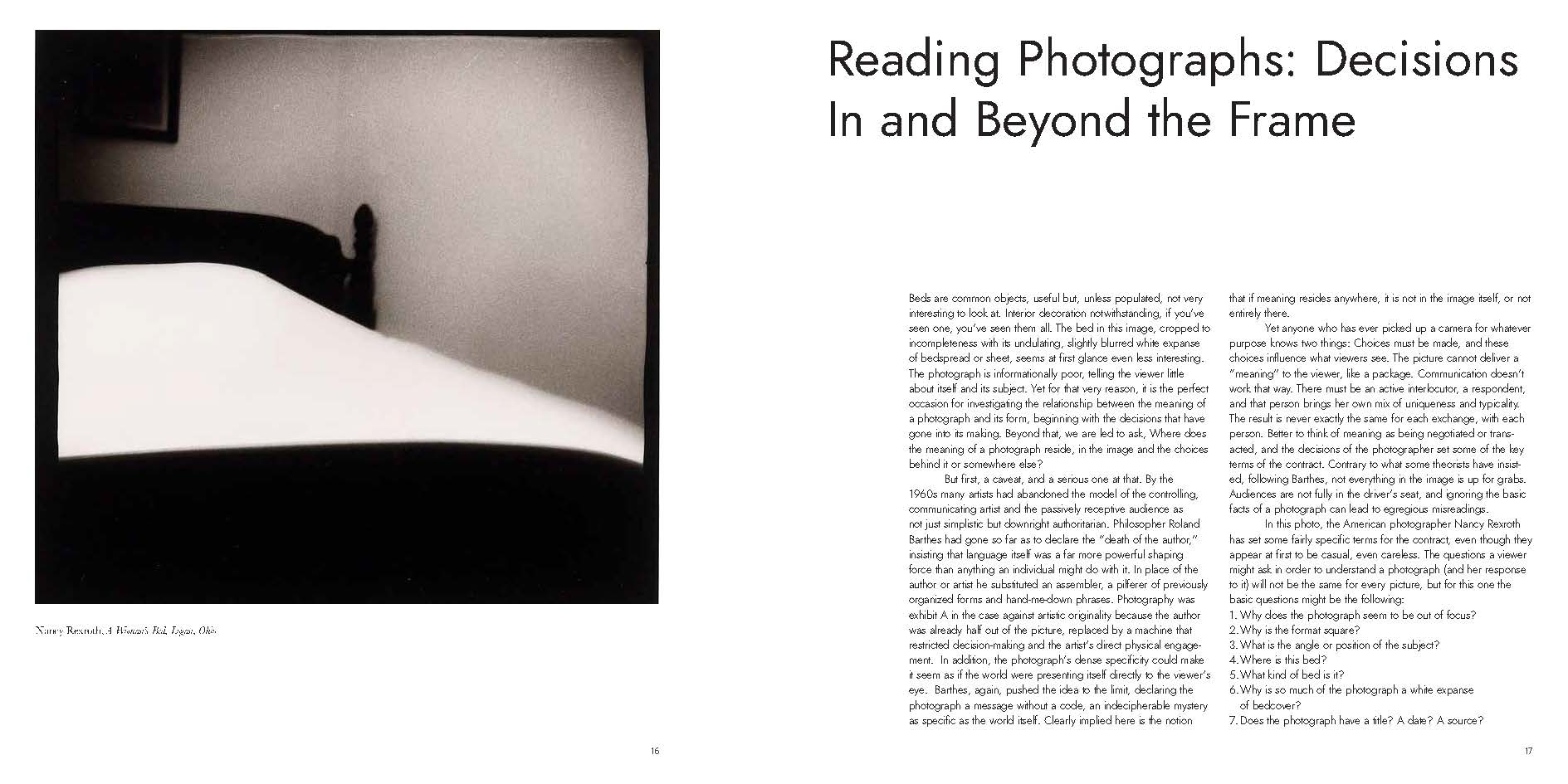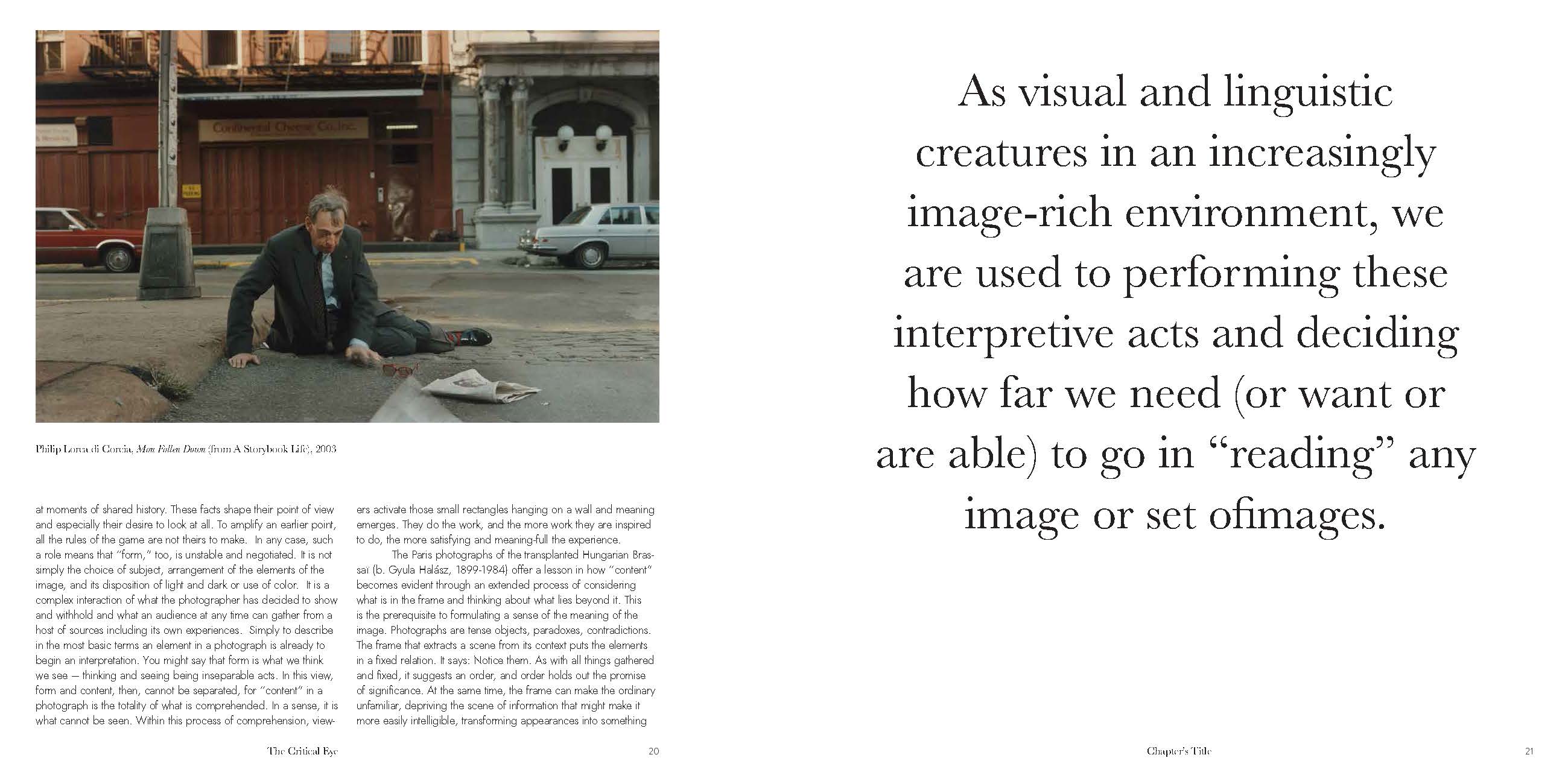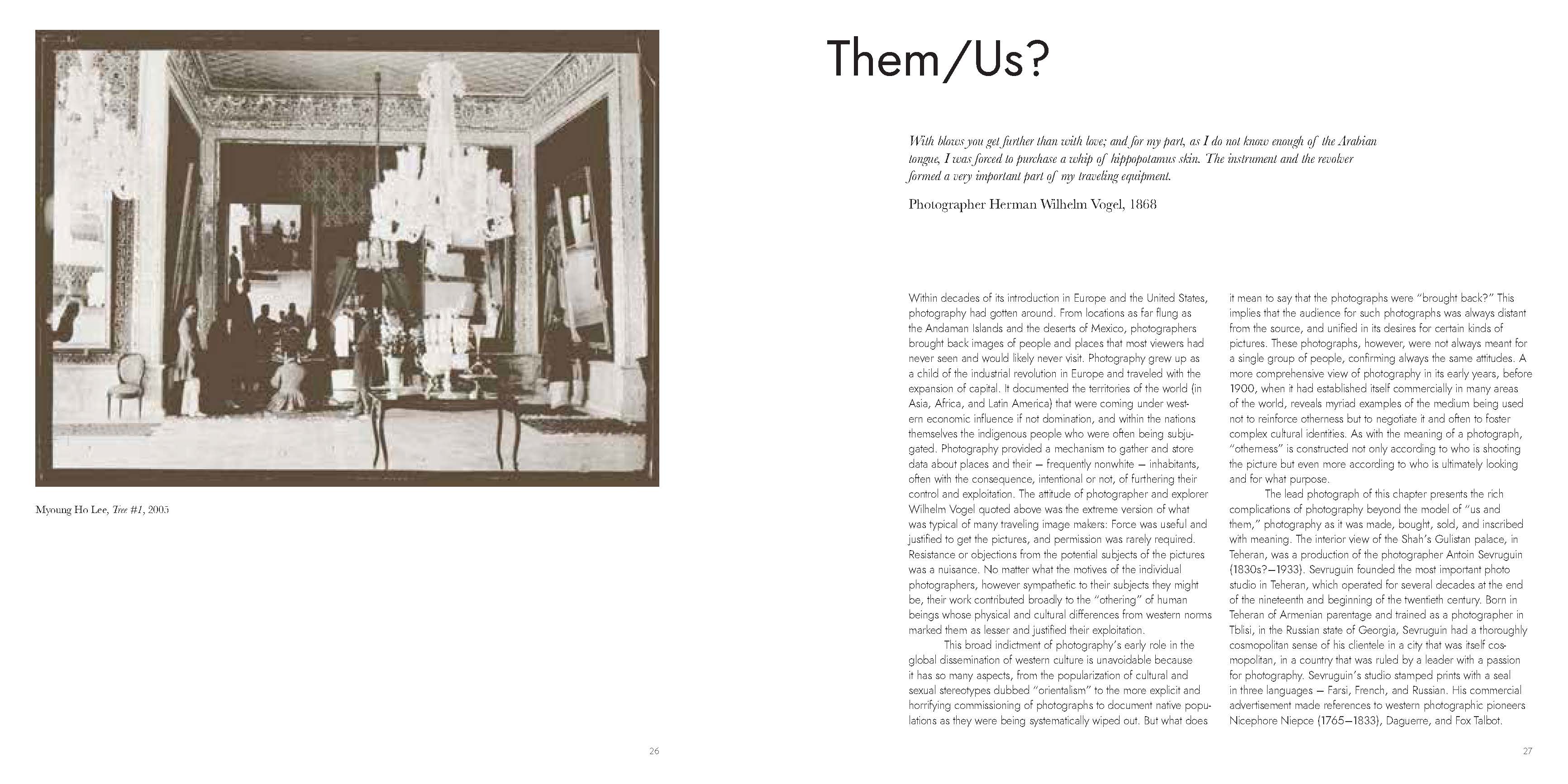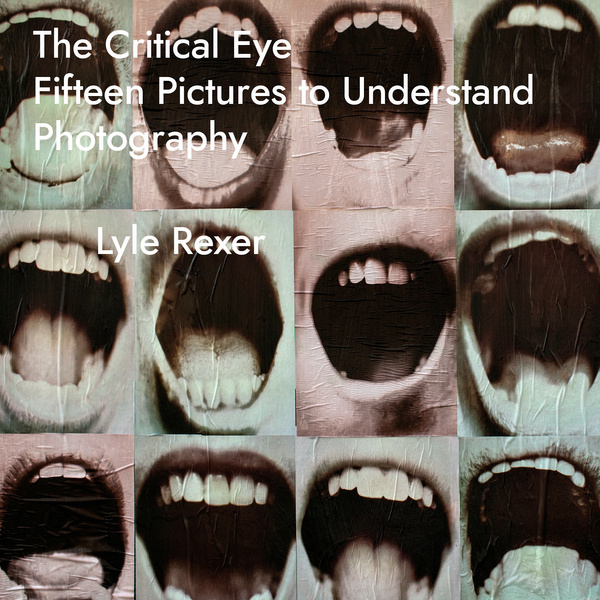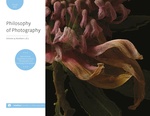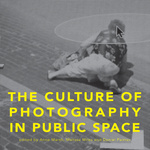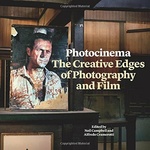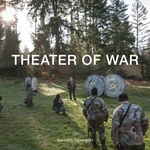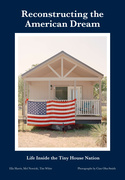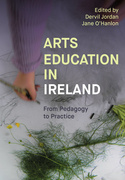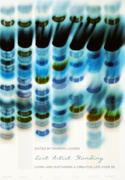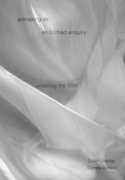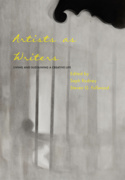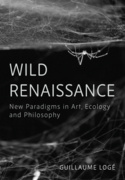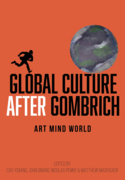The Critical Eye (Book)
Fifteen Pictures to Understand Photography
The Critical Eye provides a comprehensive approach to the critical understanding of photography through an in-depth discussion of fifteen photographs and their contexts – historical, generic, biographical and aesthetic. Lyle Rexer argues that by concentrating on just a few carefully chosen works it is possible to understand the history, development and contemporary situation of photography.
Edition
Based on the highly successful course at the School of Visual Arts developed by the author, this book provides a comprehensive approach to the critical understanding of photography through an in-depth discussion of fifteen photographs and their contexts – historical, generic, biographical and aesthetic. This book presents an intensive course in looking at photographs, open to undergraduates and general audiences alike. Rexer argues that by concentrating on fifteen carefully chosen works it is possible to understand the history, development and contemporary situation of photography.
Looking to images by photographers such as Roland Fischer, Nancy Rexroth and Ernest Cole, The Critical Eye is the only book to address the totality of issues involved in photography, from authorial self-consciousness to the role of the audience. Its subjects are not limited to art photography but include vernacular images, commercial genres and anthropology. With every chapter it seeks to link the history of photography to current practice. This highly illustrated and beautiful book provides a much-needed introduction to image production.
Lyle Rexer is a writer, curator, critic and columnist, as well as a course leader at the School of Visual Arts. As well as being the author of numerous books on photography, he has also contributed to The New York Times, The New Yorker, Damn Magazine and Photograph Magazine. Lyle is the recipient of various prestigious awards, including the international Rhodes Scholar award.
Introduction: How Is a Photograph?
Life and Work: Does Biography Matter?
Reading Photographs: Decisions in and Beyond the Frame
The Origins of Photographies
Portraits: The Other Side of the Mask
Street Photography: Where the Sidewalk Ends
From Self-Portrait to Selfie: Memes Come True
Other Natures (Landscape in Five Views of Yosemite)
Beyond Fashion
Troubling Images: Don’t Look Now
Them/Us
Abstraction in Photography: Picture Nothing
Photojournalism: A World of Witnesses
Unphotographable
Everybody’s Pictures
'It seems to me just what photo history needs now. People have forgotten how to look at photographs, so I applaud the concept, as well as the spot-on topics.'
'Lyle Rexer poses a challenge from the get-go: it’s possible to understand photography. More than that: there are 15 pictures that will help us achieve understanding. Whether that's true doesn't matter because Rexer turns our attention back to what matters in photography: how to look at pictures, read them, engage with them. He suggests not that we’ve forgotten how to do this, but why it matters, and what new insights we can glean from doing so. Rather than swiping, liking, saving, downloading or sharing, Rexer suggests we need to stop. Stop, look, listen to photographs. Take time with photographs. Rexer invites us to be critical but also to be skeptical. Rather than asking what is a photograph, he starts with how is a photograph? By what means and method is a photograph? And how can we, as makers or viewers, ever claim to know a photograph? It’s Rexer’s questions in and through photographs in The Critical Eye that will see it become a key companion for those interested in the simplicities and complexities of the medium.'
'You’ve brought together in a lot fewer words than I ever used, all the things I was trying for when I made my pictures. It’s a shame other critics have been less perceptive.'
'Surely nobody still mistakes photography for reality—or if you do, this important book will disabuse you of that in a hurry. We may have lost our innocence, but Lyle Rexer brilliantly leads us to a deepened appreciation for the potential, poetry and pleasure of photographic images.'
'With impressive clarity of thought, The Critical Eye examines what photographs, in all their complexity, mean. He views them as products of individuals’ intentions, as images surreally isolated out of context, and as cultural signifiers. And, he accomplishes this with a richness of literary and historical allusion.'
'Once upon a time, there was John Berger’s Another Way of Telling: now, we have this wonderful guide-book. The Critical Eye helps us navigate the complexities and intricacies of photographic practice. Within the arts that field has probably experienced the most significant of transformations over the last few decades, going from marginal to centre stage, from analog to digital, from decisive to nearly trivial in our daily lives. There are few books with this uncanny, piercing clarity; this one should be not only on every student's bookshelf, but on that of anyone interested in understanding how images function today.'
'Lyle Rexer's Critical Eye is a remarkably insightful look at photography through a survey of 15 photographs. Much more than a mere textbook, Rexer's choice of works and his wholly original analysis is entirely thought provoking and engaging. Not just students, but those who think of themselves as well versed in contemporary photography will benefit from this book and never think of photography quite the same way again.'
'In our overgrown jungle of photographs, Lyle Rexer has long been a skilled guide. Both intellectual and accessible, The Critical Eye is his machete.'
'Excellent and thought-provoking. Move over, Susan Sontag.'
'Fresh structure, content and thoughtfulness.'
'The Critical Eye was a real treat! I was actually using it recently when writing about in-game photography. For this, I was particularly intrigued by your claim that the majority of attitudes to the photographic medium since its nascence have assumed ‘an independence for the photographer, a sovereign position of outsider and roving eye. They also assume the self-sufficiency of each captured moment, as if it were distinct, discontinuous, and capable of containing whatever might be significant about the reality of that place and time’. Building on your insight allowed me to develop this proposition that in its early incarnation the photographer’s physical and technical corpus all converged to become a disembodied eye. Subsequently, this led me to suggest that screenshotting, i.e. the practice of capturing 'photos' in a videogame, can offer a corrective to this mode of understanding photography by reversing the schema: in a videogame the whole body becomes a camera, with the photographer’s eye extended beyond the optical apparats with its line of vision to reach onto the world in a more dynamic and enfolded way. So thank you for the inspiration!'
'I love how curious, and sensitive these readings of pictures are, bringing me into the photographer’s mind. I felt I was seeing some images (that I know well) for the first time. The writing is totally visual, stimulated and stimulating, whether it is dealing with Julianne Nash in 2017, or a daguerreotypist in 1839. Even when Rexer is telling me something I already know historically, it feels like being there, and I am getting to know it in a new way.'
'Rexer’s timely investigation in the shifting universe of photography underpins a number of arguments to which I subscribe wholeheartedly: that images need more "active viewers", that photography itself is no longer a medium but rather "a Swiss Army knife" i.e. a single approach and tool with many, and very diverse, applications; and that photographic practices can no longer be neatly separated into art, commercial, vernacular, or scientific domains. For this reason, the book is required reading for anyone who wants to grasp the changed - and still changing - territory of image making, especially in arts and cultural production. Through a laser-focused analysis of fifteen "hub" photographs, Rexer can tell us as much as fifteen books worth of reading on how to make sense of contemporary photography; how it is no longer a means to an end, but a form of "visually performing" our lives.'

